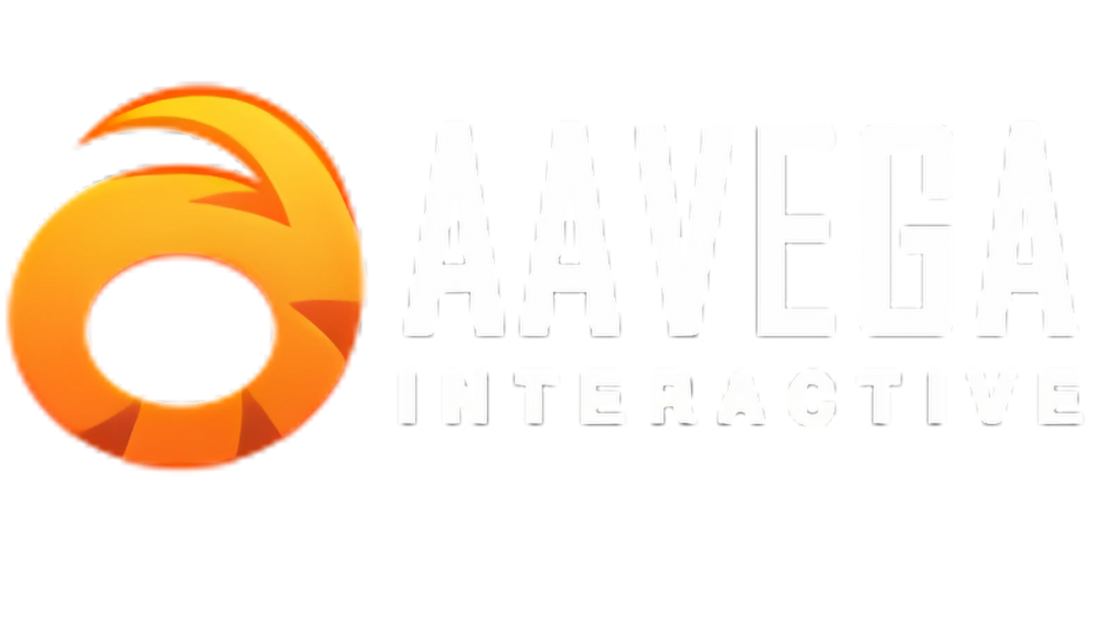The road to next-gen creation- Navigate through Aavega’s creative 2D art station

Come travel the way to an enthralling art station! You often get attracted to the games, such as Super Mario, Sonic Mania, Super Meat Boy (available on Steam) with innovative art designs and mesmerizing visuals that easily steal all your attention in seconds. From the very beginning, it has been seen that art plays a phenomenal role in the gaming industry, making players engaged and unbored. While playing the eyes of the players get stuck with the captivating visuals of the game, which is because of the creative artwork and animation (2D/3D). So, we can simply say that art and design are an undetachable segment of gaming that has now become so prominent that it seems next to impossible for any developer to produce a video game without any appealing characters or background designs, it is like a game asset now. “In the mind of every artist, there is a masterpiece,” the line by “Kai Green” is well suited for the ingenuine and imposing Aavega’s art station as we have spectacular creations of artwork for game developers that aid them in designing great videogames with influential characters and immersive visual backgrounds. At its core, here at the art station of Aavega, you will find something very captivating and curative arts created by our team of adept artists and animators work diligently to bring you some inventive and resourceful creations. Let’s take you to a complete guide about how the Aavega art station works. What are the 2D Artwork guidance and the steps followed inside it? As with the name, it is pretty obvious that 2D stands for two-dimensional, and if the artwork is aligned with it, then simply, the direction is towards two-dimensional art creation. It can be seen that without being affected by time or any upgradation, 2D art is still followed in the gaming industry essentially with some hi-tech tools and assets, for example, software Photoshop, Illustrator, etc. Moreover, game art enhances players’ engagement, which seems to grab the fascination of the higher level. Undoubtedly, 2D art is the easiest form of expressing any ideas with others, as the purpose of art is to make others realize what you are willing to convey to them through unique design ideas and creativity. For an example if we talk about Mario 2d art that impressed players exceedingly and the craze for playing Mario is simply commendable. Similarly, here at Aavega art station, the team of artists and animators turn out some sublime creations of art required for any game development (Cut Drop Strike), such as character designs, background designs, weapon designs, etc., that ultimately uplift the interest of gamers to get wholly absorbed in the game. Isn’t it sound interesting? Of course! So audience, come, let’s not leave any stone unturned and discuss how our artists and animators perform their role to create something innovative to raise users’ enthu to the next level, and the steps are as follows; Story Boarding Character Designing Concept Art Background Designs Game UI So, if we talk about the software on which our artists and animators work substantially, we can figure out two leading software for artwork which are, Photoshop and Illustrator, and for animation, Adobe Flash, Adobe Animate, Spine, Dragon Bones, and After Effects. Take a quick look at the steps of 2D art In the above para, we have discussed much about 2D artwork and animation, including the core steps that our artists use to follow that aid them in their creations to come up with some singularity kind of art designs. However, here we will discuss all the steps briefly to acquire a deep and better understanding of those in a very facile manner which are listed down, let’s dig into them; Story Boarding: The storyboard comes under pre-production for both 2D and 3D, which means the artists create characters based on the scripts after researching them. It is mainly an art that is a digital visualization of the script. Character Design: It is the chief step artists can go through that includes researching, i.e., the type of character to be designed. Moving ahead, artists go for character designing, and this character design depends on some factors, such as the time period from which the particular character belongs (ancient, medieval, modern) to make it more adorable as we find D&D character artwork. Howsoever, artists use to follow a few art styles while designing a character which are mentioned beneath; Realistic: In this, the character seems to be real, including the anatomy as well. For example, 7 or 7 and half-head characters are designed for any game. Semi-realistic: In semi-realistic, artists simplify the realistic type of art, including anatomy, and perform rendering also. For example, 6 head character design. Stylized character: It is the simplification of a semi-realistic art type with various features such as bubble head or 5-head character. Cartoon characters: In this art type, as the name defines, the artists design some cartoonish art with quirky features required for gaming touch. Concept Art: It is an essential step artists follow, which decides what they are going to perform, i.e., a character design or environment (backgrounds which include tools, assets, weapons, props, etc.) The concept art involves several processes to be completed that upshot the productive outcome, these are discussed below, let’s have a quick look at them; First of all, artists go for a rough sketch preparation of characters. Around 3-4, samples are created to select the absolute one. After picking the best one from the samples created, detailing of the art is done, i.e., finishing and cleaning up. After this, coloring proceeded according to the environment to be suited ideally. Usually, 3-4 samples are done. From these 3-4 color variant samples, artists choose the accurate art and go for final rendering, including proper color, shading, lighting up, etc. Now, these great characters will go for the 2D and 3D animations for further
